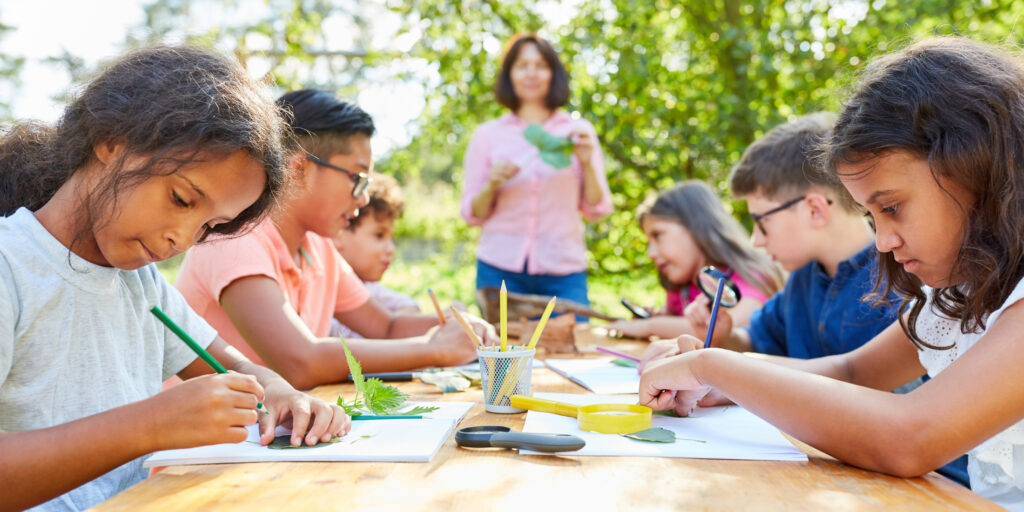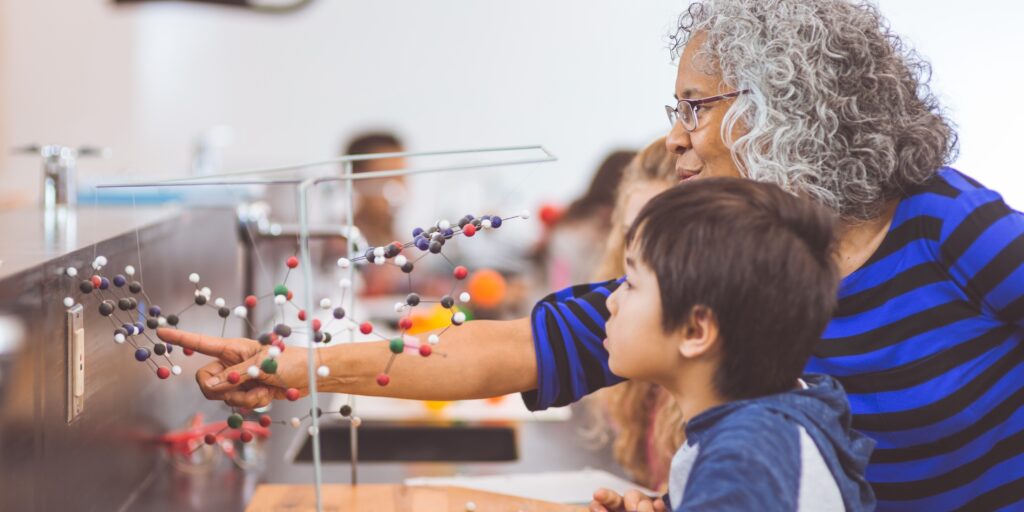Activate Learning Blog
Stay connected and in the know with Activate Deeper Learning for cutting-edge insights, research, tools, and strategies on how to take students to the next level in STEM learning -- from explaining phenomena to defining the future.
K-5 students
November Research Roundup: STEM News and Resources for Science Educators
OpenSciEd Elementary: A New Era of K–5 Science Education
Celebrate Science This October: Earth Science Week & National Chemistry Week
Back-to-School Pacing Tips for OpenSciEd Classrooms
Science in the Seasons: Classroom Connections for Fall Observances
June Research Roundup: Fresh STEM News and Resources to Kick Off Summer Learning
April Research Roundup: Recent STEM News, Research, and Resources
Activate Learning Announces Expansion of OpenSciEd Partnership to Offer OpenSciEd K-5
Tools to Build Student Data Fluency 📊









